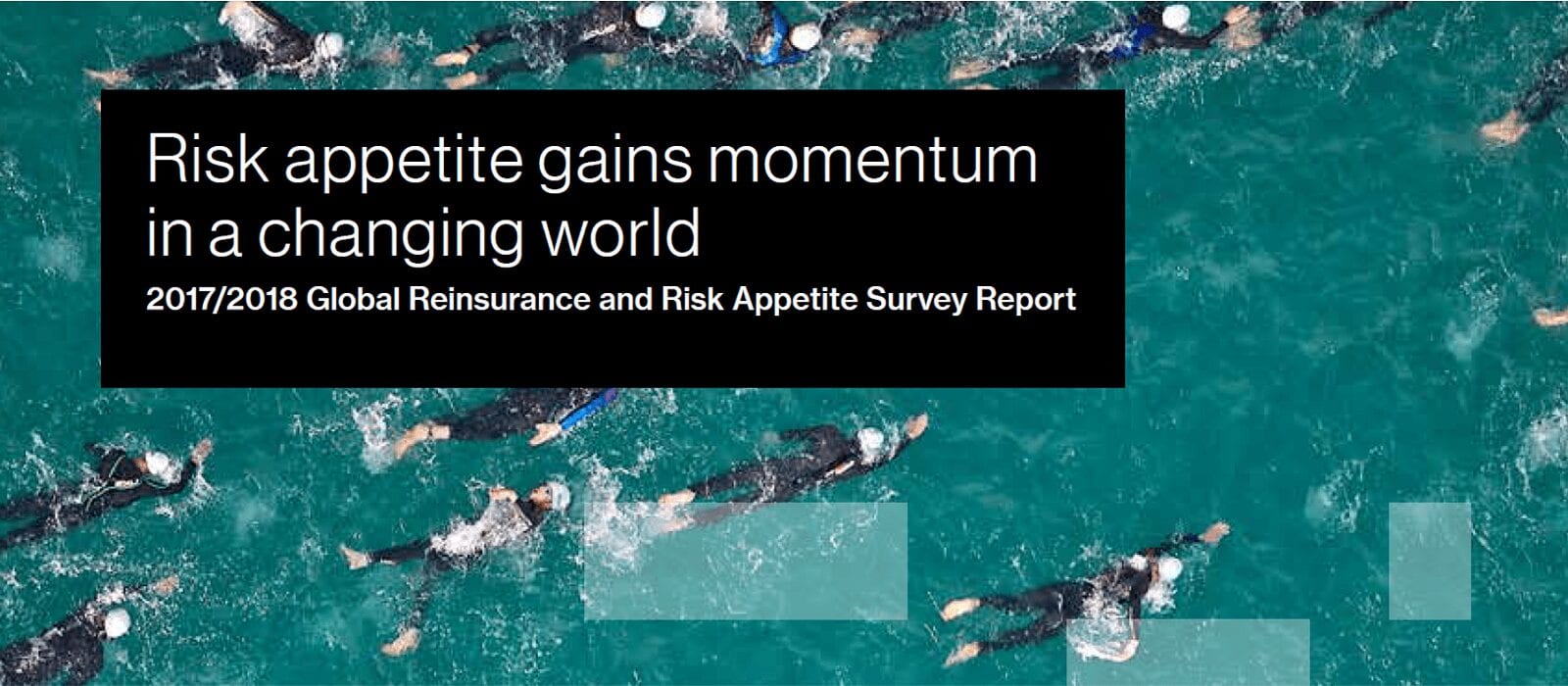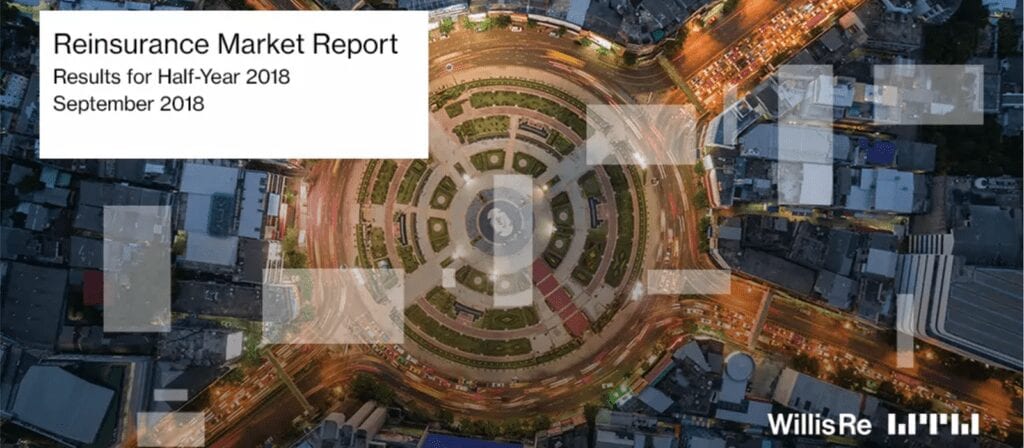According to a recent, comprehensive international survey of insurers by Willis Towers Watson, insurers are becoming less tolerant of missed earnings targets due to pressure from investors. As a result, the survey says, they are moving to more sophisticated metrics, such as return on equity and economic capital.
Reinsurance is used increasingly for earnings protection and volatility reduction by insurers whose purchasing is guided by “risk appetite statements” deployed to optimize capital management and profitability targets, said the survey. Eighty percent of insurers consider their risk appetite statements when defining their reinsurance strategies, according to the Global Reinsurance and Risk Appetite Survey Report 2017/2018.
Of 260 insurers from 51 countries surveyed, 98% have adopted a formal risk appetite, or intend to within three years. Respondents’ enterprise risk management capabilities have improved, but more progress is needed to achieve companies’ risk-culture goals, says the survey. Meanwhile, most respondents said that cyber is their main risk concern, due largely to difficulties in defining and managing cyber both from underwriting and operational perspectives.
Key takeaways from the survey
- The motivation for buying reinsurance has shifted toward earnings protection and volatility reduction driven by investor relation efforts.
- Enterprise risk management (ERM) capabilities have improved, as suggested by higher satisfaction with current frameworks; however, it appears progress is still needed to achieve companies’ risk culture goals.
- Among different emerging risks, most respondents say cyber risk is clearly their main concern, due largely to the difficulties in defining and managing this serious risk both from underwriting and operational perspectives.
In an insurance industry of increasing complexity and risks, the survey results demonstrate that risk appetite and reinsurance are gaining momentum as cornerstones of a successful operation, regardless of geography or size.
“While earnings volatility is a key metric for publicly traded companies given the obvious link to the share price, managing earnings volatility is arguably just as important for mutual insurers,” says John Haydon, Executive Director at ICMIF Supporting Member Willis Re. “ Mutuals were set up precisely to absorb loss volatility on behalf of their members, and must do so while making the most efficient use of members’ capital. Retained earnings are an important source of mutual insurers’ capital, and the survey confirms how reinsurance is increasingly being used by mutual and publicly traded insurers alike, not just as a mechanism to protect balance sheets against catastrophe, but as a key lever in their day to day Enterprise Risk and Capital Management strategy.”
“We see a clear statement of risk appetite statement as being central to empowering stakeholders of all types, but especially those without a background in financial services, to participate democratically in the control of their Mutuals” commented Robin Swindell, Executive Vice president at Willis Re, adding “We hope that the survey findings, which are available in more detail on our website, will provide ICMIF members with an interesting insight into the trends we are observing and will help you better understand how your organisation’s position concerning risk appetite and reinsurance compares with others. “
“Managing the volatility of underwriting results is of prime importance to insurers, and reinsurance strategy measured by risk appetite is key to that,” says James Kent, Global Chief Executive Officer at Willis Re. “This is particularly relevant for public companies where perceived volatility can severely impact share price, but also a wider range of insurers are now much more likely to consider a broad range of consolidated earnings metrics when assessing the impact of reinsurance. Our survey shows that the number of non-life insurers using rate of return on equity as their primary earnings metric has doubled in the past two years. This is in line with what we are currently experiencing in the field when realigning reinsurance programs to insurers’ strategies.”
“Changes to the global regulatory environment have increased the emphasis on capital measures and targets,” said Alice Underwood, Global Leader, Insurance Consulting and Technology, Willis Towers Watson. “Although regulatory capital is still the most relevant capital measure, economic and catastrophe risk capital are gaining momentum. The use of internal capital models increased substantially from a third to more than half of insurers between 2015 and 2017.”
A copy of the report can be downloaded here.
About the survey
The survey of 260 insurance executives from 51 countries was conducted between June and August 2017. Respondents included 74 life, 111 non-life and 75 composite insurers, of which 90 were from Europe, the Middle East and Africa; 109 from Asia Pacific; 43 from North America; and 18 from Latin America and the Caribbean. They included private, public, mutual and state-owned carriers with annual premiums ranging from less than USD 100 million (46 companies) to more than USD 5 billion (59 companies). Of the companies surveyed, 49 are mutuals.






